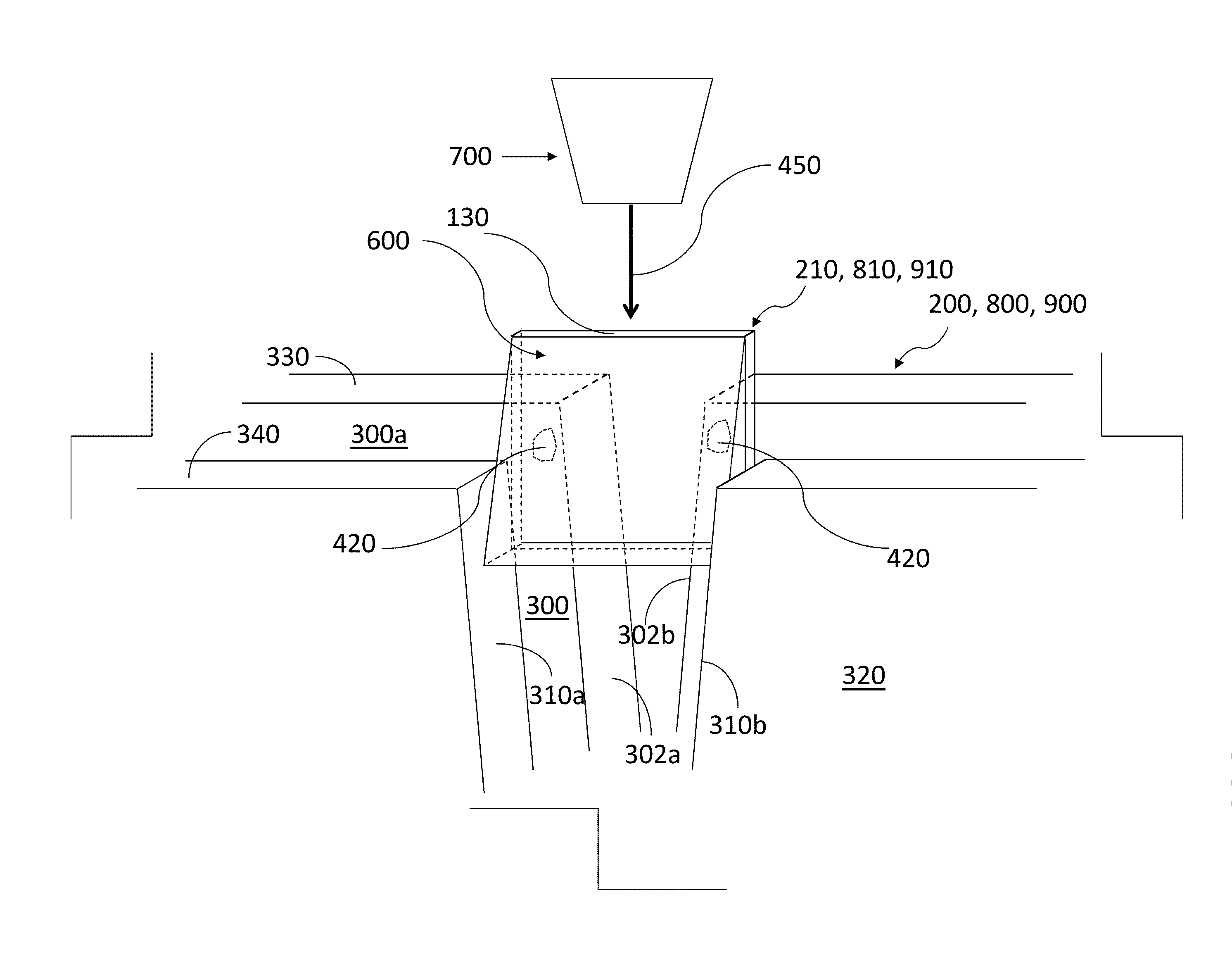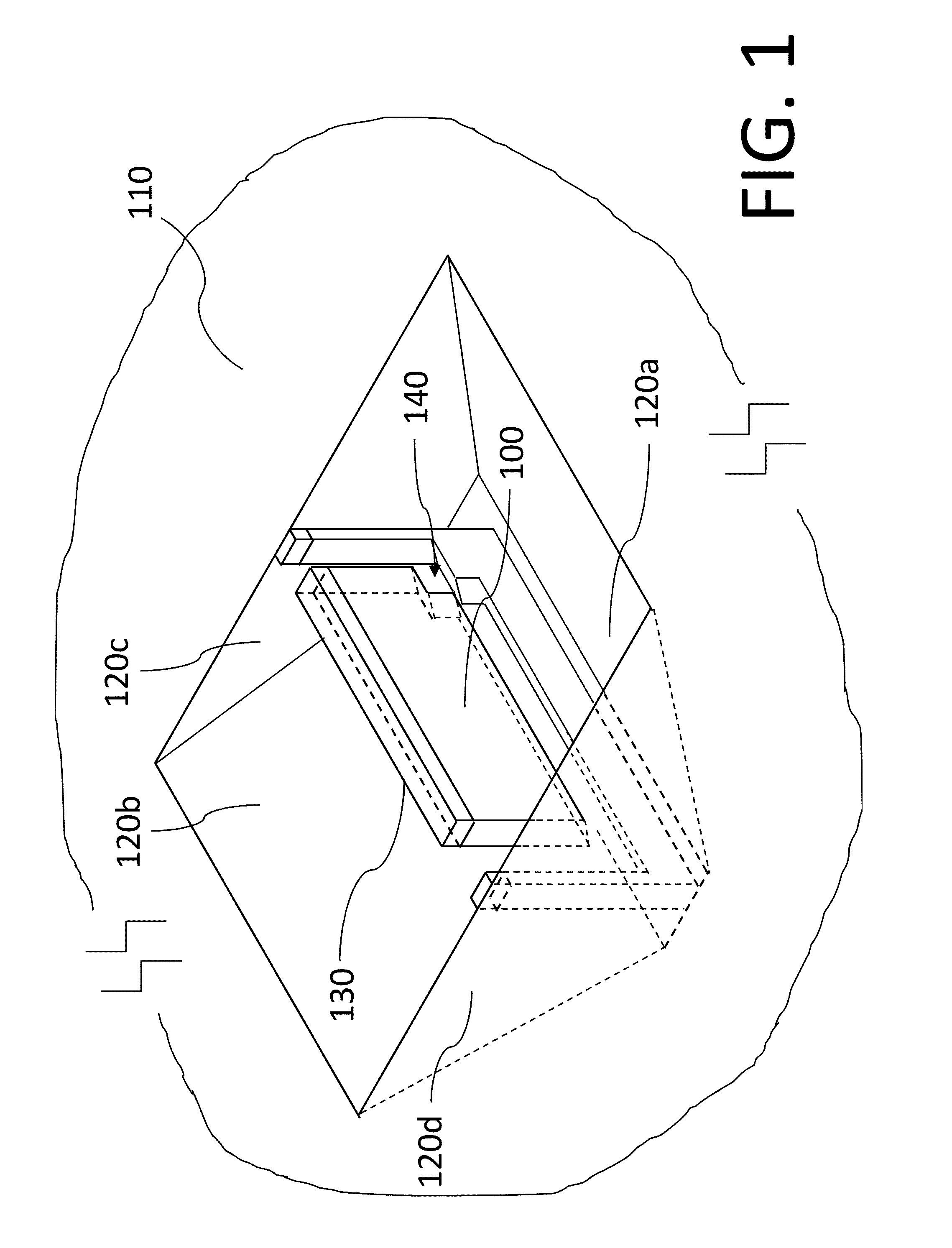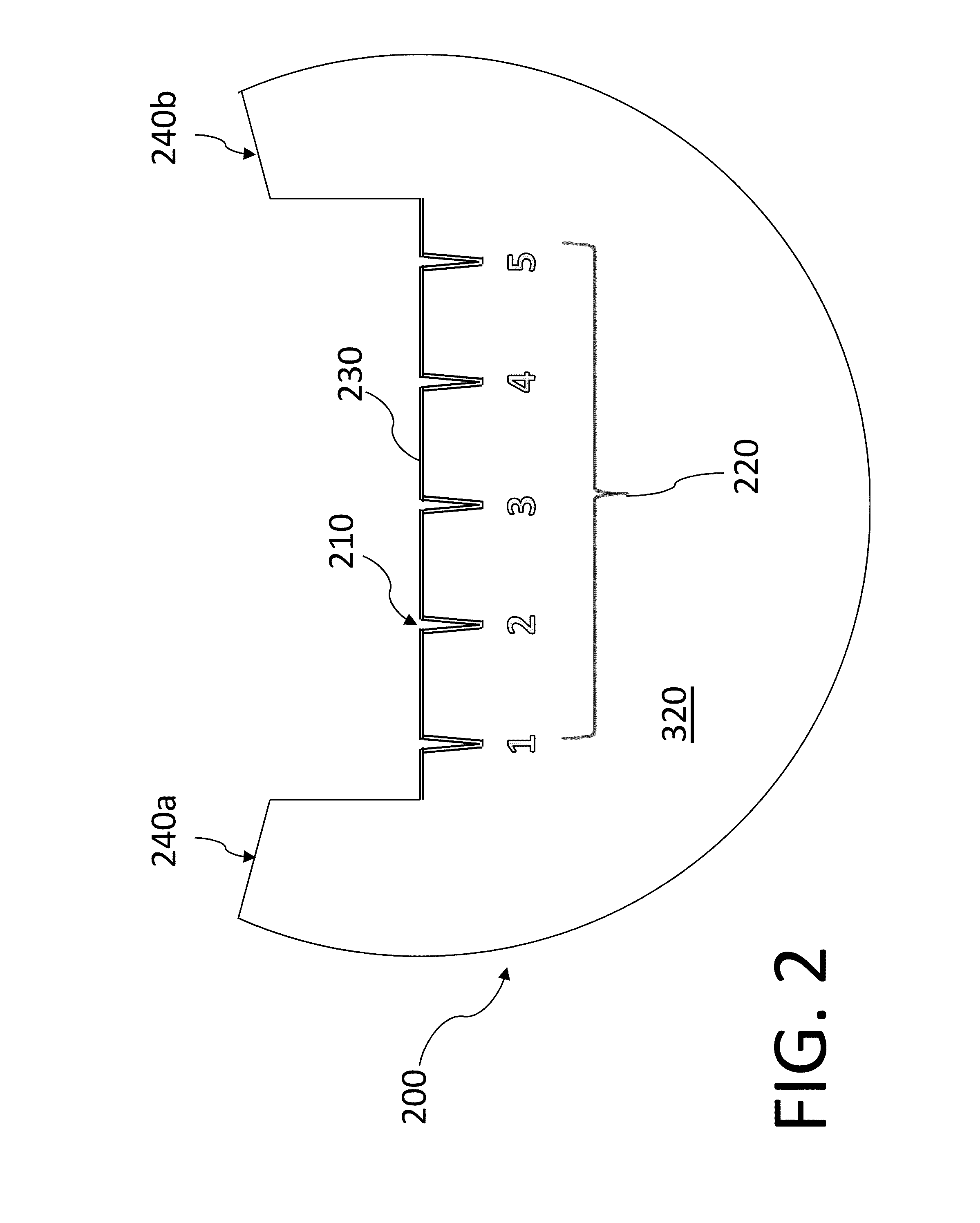Method and apparatus for ex-situ lift-out specimen preparation
a technology of exsitu liftout and specimen, which is applied in the direction of manufacturing tools, paper/cardboard containers, instruments, etc., can solve the problems of carbon or formvar support film inhibiting certain analyses or cleaning operations, difficult and/or impossible to further thin the specimen, and difficult and/or impossible to perform back-side milling on the specimen to avoid curtaining artifacts
- Summary
- Abstract
- Description
- Claims
- Application Information
AI Technical Summary
Benefits of technology
Problems solved by technology
Method used
Image
Examples
Embodiment Construction
[0032]This application describes embodiments in which a site specific specimen is processed in a charge partial instrument (e.g., FIB) or via laser ablation and then lift-out is performed outside (i.e., ex-situ) of such instrument without the need for a carbon or formvar support film such that the specimen may be directly analyzed by e.g., transmission electron microscopy (TEM), scanning electron microscopy (SEM), electron tomography, atom probe tomography (APT), or other characterization method. The novelty of this invention is that the specimen may be re-thinned if necessary using FIB, broad ion milling, laser ablation, or similar (collectively “milling”). In addition, this EXLO procedure is performed in a manner whereby the specimen positioning for re-thinning via FIB (or laser) may reduce or eliminate curtaining artifacts.
[0033]Backside FIB milling techniques of semiconductor gate specimens can reduce curtaining artifacts of the substrate for electron holography analysis. This p...
PUM
| Property | Measurement | Unit |
|---|---|---|
| Length | aaaaa | aaaaa |
| Length | aaaaa | aaaaa |
| Thickness | aaaaa | aaaaa |
Abstract
Description
Claims
Application Information
 Login to View More
Login to View More - R&D
- Intellectual Property
- Life Sciences
- Materials
- Tech Scout
- Unparalleled Data Quality
- Higher Quality Content
- 60% Fewer Hallucinations
Browse by: Latest US Patents, China's latest patents, Technical Efficacy Thesaurus, Application Domain, Technology Topic, Popular Technical Reports.
© 2025 PatSnap. All rights reserved.Legal|Privacy policy|Modern Slavery Act Transparency Statement|Sitemap|About US| Contact US: help@patsnap.com



